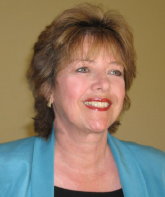Category: Strategic HR
Corporate HR systems are a mess, and the HR leaders who manage them are tired of paying millions for integration, according to a recent ComputerWeekly article.
ComputerWeekly interviewed HR representatives from such major companies as HSBC, Siemens and ING at a recent HR Tech Europe Conference. It seems they share a common enemy: The integration of hundreds of HR systems that weren’t designed to share data.
The bank HSBC is a perfect example of the problem. It had accumulated 700 HR systems across the globe. Over four years, it’s replaced these systems with global systems and managed to whittle the problem down to 300 HR systems.
It’s still not fully integrated and, at this point, the company is deciding whether to move to a single provider for all its HR systems or apply a best-of-breed approach.
There are a couple of reasons why integration is a such challenge with HR systems. First, suppliers use the data model “as a unique selling point,” which complicates integration, according to an HR technology leader quoted in the article.
Second, not only have the vendors neglected to design for integration – they seem to willfully ignore all requests for integration help and support, several HR leaders said.
Third, there is no data standard across the industry. That’s in part because every vendor wants to lead rather than focus on a way to work together to solve integration for their clients, according to Gartner Research VP Thomas Ott.
There is one glimmer of hope on the horizon: A version of XML for HR systems is being developed.
Not surprisingly, given the integration challenges, HR is struggling with other data-related challenges. Forrester analyst Rob Karel recently pointed out many HR divisions want and need to apply master data management to employee data, but they’re not quite sure how to build the business case and effectively work with it.




